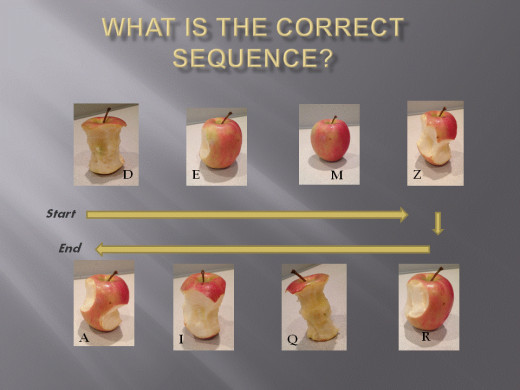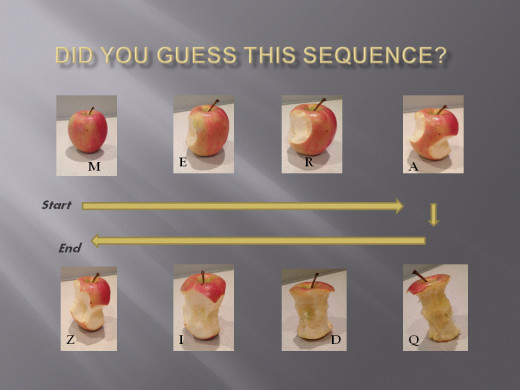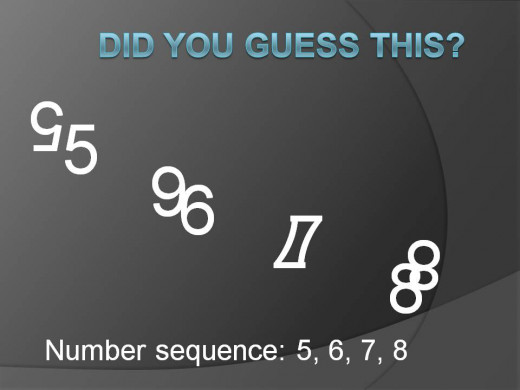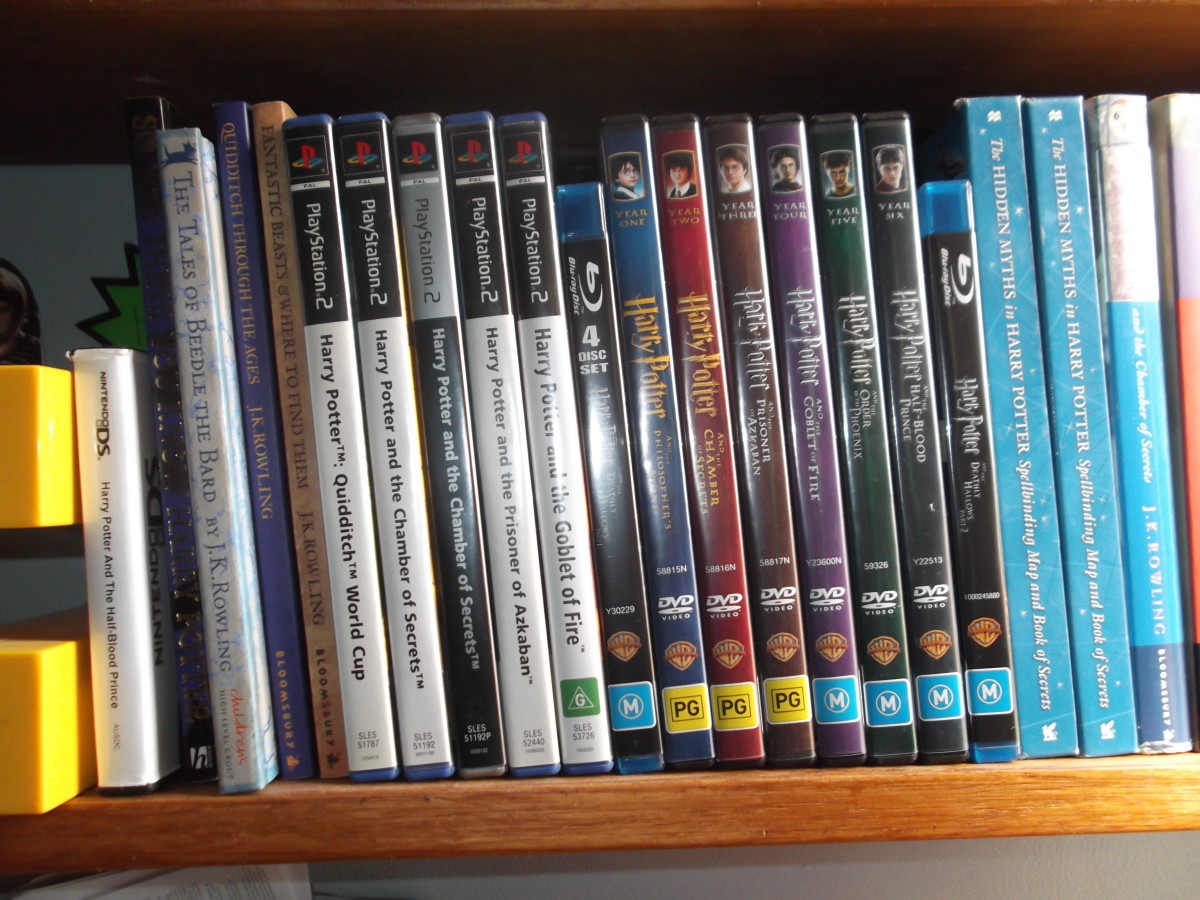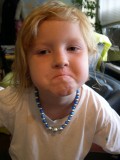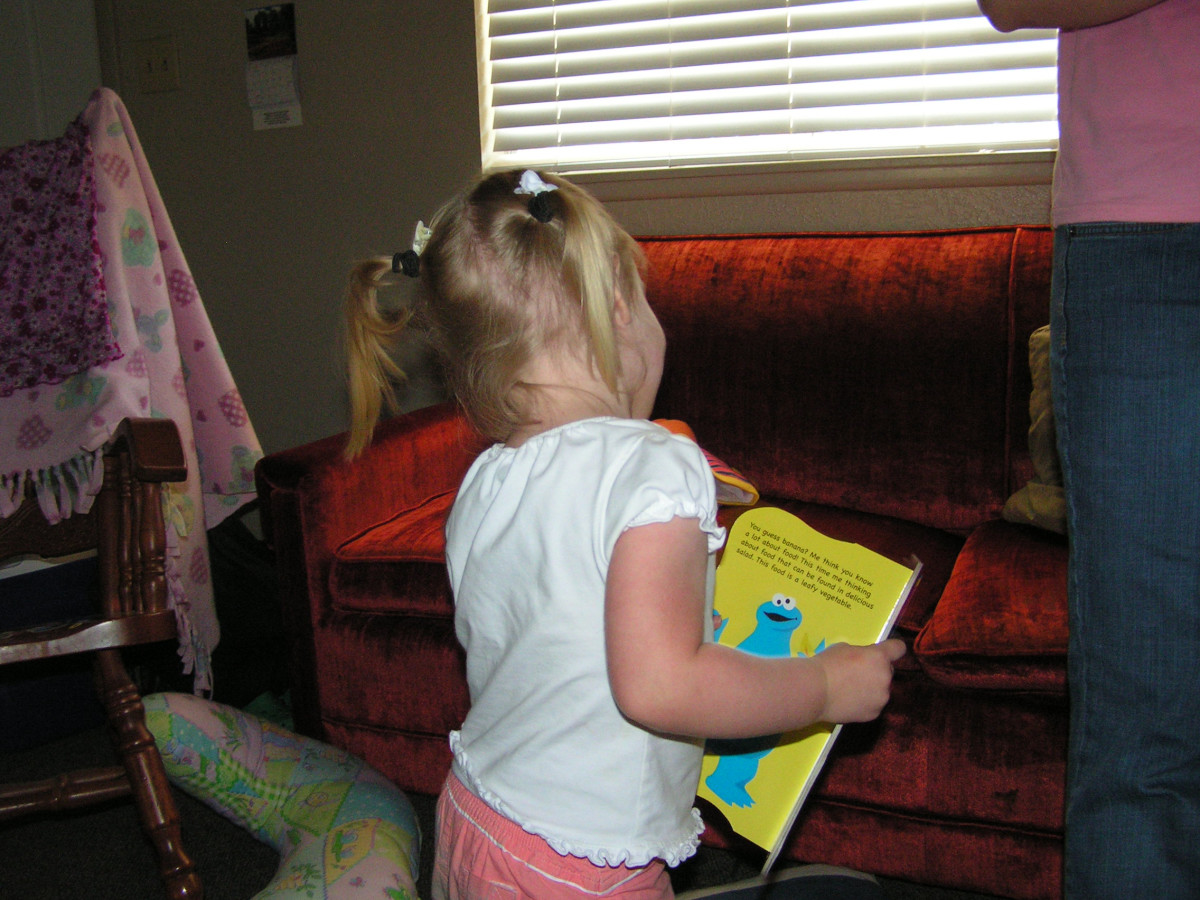Sequence: Guiding A Child's Rational Thinking process
Stories Have a Purpose
“When we read a story, we inhabit it. The covers of the book are like a roof and four walls. What is to happen next will take place within the four walls of the story. And this is possible because the story's voice makes everything its own.” —John Berger, author
“Stories you read when you're the right age never quite leave you. You may forget who wrote them or what the story was called. Sometimes you'll forget precisely what happened, but if a story touches you it will stay with you, haunting the places in your mind that you rarely ever visit.” —Neil, Gaiman, M Is For Magic
And a bit of humor:
“Hold it. You know what I'd like to see? I'd like to see the three bears eat the three little pigs, and then the bears join up with the big bad wolf and eat Goldilocks and Little Red Riding Hood! Tell me a story like that, OK?” —Bill Watterson, The Complete Calvin and Hobbes
Read Me a Story
Bedtime stories are wonderful for getting your child to bed on time without a fuss. When my son was three, we had a ritual: simple snack, brush teeth, bath, story, bed. And, in that order. If we deviated from this pattern, it would cause a delay in getting much needed rest (for the parent!).
If you have kids, then you are most likely reading one or two favorite books every night. Our son loved Kojo, the Fire-eating Dragon. I could recite this book by heart, complete with dramatic emphasis and facial expressions to enhance the details. Yes, it was told over and over and over for an entire year. Now, you also know that if you miss out on a small detail, in order to shorten the story time, your sweet offspring will most certainly let you know. You cannot skip pages — we are talking about major consequences when this happens!
You see, your son or daughter has developed a familiarity with this story and knows the sequence quite well. Each piece of the tale, each event, is vital to his or her order of thinking and reasoning which leads to a happy forever-after ending. As Brenda Strickland, author of Year Round Preschool Reading, puts it "teaching sequencing to early learners is important because logical order of thinking is fundamental to reading and everyday life.




A Favorite Book with Children
Test Your Sequencing Skill
view quiz statisticsWhat is sequencing?
For the purposes of this article, sequencing is defined as the process of placing ideas, objects, and details in a logical order or pattern of logic. It is fundamental to understanding how events occur and a precondition to problem solving.
Children may find sequencing difficult to comprehend, it is evident as they retell a story or incident. They find retelling a story, exactly as told, complicated. Educators use books and material to help a child grasp the concept of sequencing. The Hungry Caterpillar by Eric Carle is a popular book with teachers because it follows the life cycle of a caterpillar; and, through fun interactive photos and activities predictable life events establish sequential patterns. Similarly, parents can use books, toys, and other manipulatives to teach their child how to acquire the skill of order and logic in play and reasoning.
Familiar stories such as The Three Bears, Daniel In The Lion's Den, and The Gingerbread Man help children establish a series of events which encourage them to think sequentially. As they listen they become familiar with the regularity of the tale and establish a predictable pattern of comprehension. It is an unconscious device the mind uses to make sense of the world around it. Structure is comforting to children.
So How Does Rational Thinking Connect Here?
According to the Merriam Webster dictionary, rational means to make decisions based upon fact or reasons and not merely upon emotion or feelings. It is the ability to process events and ideas clearly. The ability to think rationally is a normative function linked to a person's belief as to how things behave or operate. It is most advantageous in making decisions, reaching goals and problem solving.
Keep in mind that we are human. We make mistakes. Even with the most practiced rational thinking, we make errors. As Mr. Spoke of Star Trek, a character of logic, once said, "After a time, you may find that having is not so pleasing a thing, after all, as wanting. It is not logical, but it is often true." However, the ability to process information with good reasoning improves our success rate and lessons our errors.
As a child establishes the skill of sequencing, it forms a model for observing, defining, formulating, and solving problems. The rationality of the model draws from established facts available for implementation. In other words, things should fall into place based upon experience. It is logical!
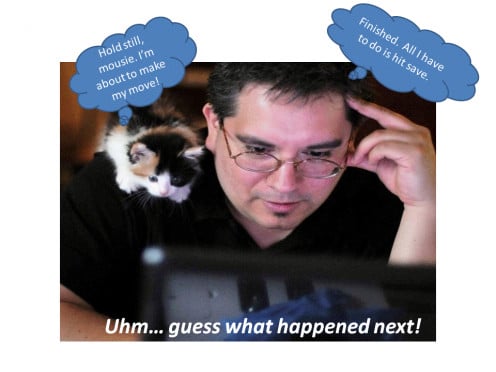
Telling a Story
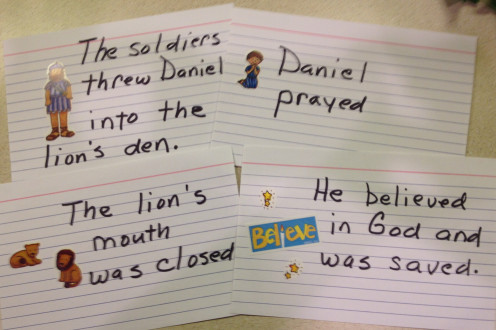
Funny Story-Retell Quotes
Why Daniel was thrown into the lion's den.
His hunting was hurting the lion population. A nature group told on him. Sondra, Age 7
He said the emperor wasn't wearing any clothes. Bobby, age 8
The advice the King gave Daniel as he was placed in the lion's den.
Just hope they already ate dinner. Ethan, age 7
Your best chance is if you tell the lions jokes...they have a good sense of humor. Lori Ann, age 8
Things God did to Insure Daniel's safety.
God kept the lions away from Daniel by showing them pictures of girl lions. Andrew, age 12
I think he made the lions like kitty cats by closing their mouths...all they could do was say "meow".
Excerpts from Just Build the Ark and the Animals Will Come by David Heller
How to Build Your Child's Sequencing Skill
Story time
Tell a new story to your child. Use simple words and tell it with excitement. Stop at key stages and ask your child to predict what wil happen next. For example, in "Daniel and The Lion's Den", ask what she thinks will happen after Daniel is thrown into the pit? The answer may vary from the real story, but you can talk about the possibility and then continue. After you have told the story several times, you can ask your child to tell you what is going to happen next as you read. Perhaps you can have them tell you the story, but don't interrupt if he adds to the story or changes some details for flavor.
Manipulatives
Make sequence cards to go with a story. You can also have your child draw cards, add stickers for fun, or cut-outs from magazines to show key story details. After telling the story, have her retell the story using the cards. An alternative method is to mix up the cards and have her arrange them sequentially. This is a great way to talk about beginning, middle and end of story concepts.
Pretend Play
Have your child act out a story or book with puppets, props, toys, or with a special dance. Have them pretend to make a sandwich with you. Talk about the order of placement of each item. For example, first you get a slice of bread, then you spread some peanut butter on top, next you add some jelly, and finish it with another slice of bread. The next time, have your child repeat the steps on his own.
Giving Directions
Ask your child how to make something simple. This can be done with modeling clay such as play doh. As you discuss the item, write down the directions or draw them. This will help them understand order in a process. You can also ask them to tell you where to turn on a familiar route, such as the ride to school or a trip to the grocery store, "Should I turn here?"
Songs
Children love to sing and the use of music helps establish a predictable pattern as they memorize the words and actions. A popular song is Old MacDonald. Can you remember how much you loved to add animals to the farm? It is a fun way to teach the concept. I'm sure you can think of other songs to use in teaching sequence, or improvise an old one.
Sequencing is such an important skill and helping your child grasp the concept early in life will help her or him to establish good rational thinking processes. Look for opportunities in every day life to teach order of items, steps in making things, and to give directions. I find reading to open up a young mind to sequential processes fun and the most effective method; but, be creative and you may be surprised how quickly your child will catch on to this concept.
© 2014 Dianna Mendez

